On-Hill Snowboard Safety Tips All Riders Should Know
Fun. Flow. Freedom. When you strap into your snowboard, your mind is generally focused on all the positives that riding brings. Pow turns? Absolutely. Side hits? Yes. We could go on…
The truth is, you owe it to yourself and your crew to do what you can to stay safe out there. Even on groomed trails, but especially on out-of-bounds tree runs, there are a few basic safety tips that everyone should know.
Wear A Helmet
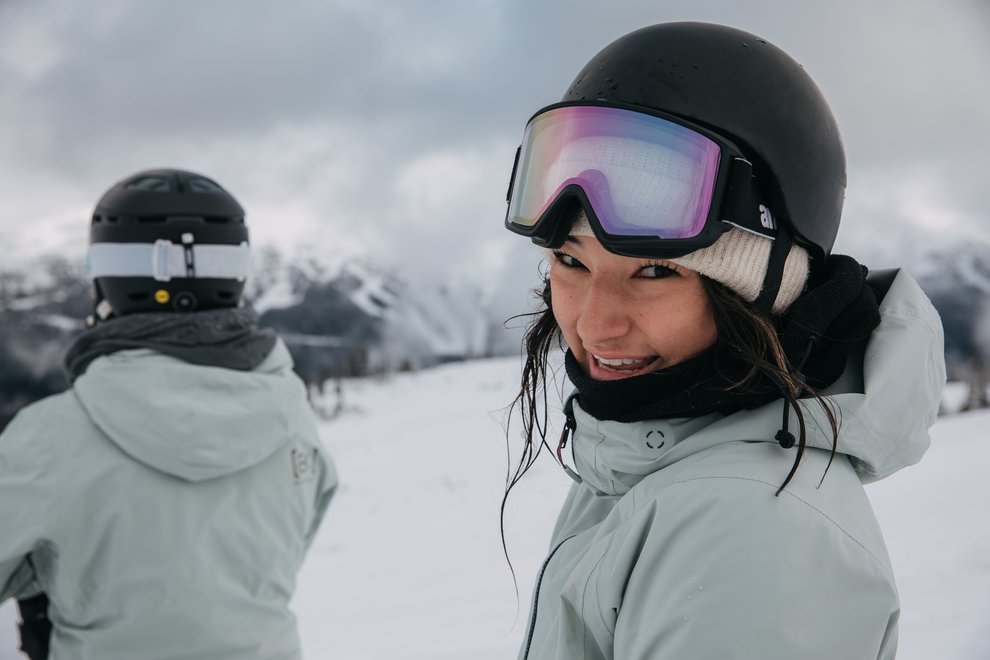
You only have one brain, and it’s up to you to protect it. BuT hElMeTs ArEn’t CoOl…. Take it from anyone who has felt the effects of a head injury: Do whatever you can to protect yourself. Wearing a helmet is the single most effective thing you can do. Don't compare yourself to a professional or to other people - do what's right for you.
The newer the helmet, the more advanced the technology, so if you’re still running a decade-old helmet, it’s time for an upgrade. You should also replace your helmet if you do sustain an impact.
Know Where You’re Riding
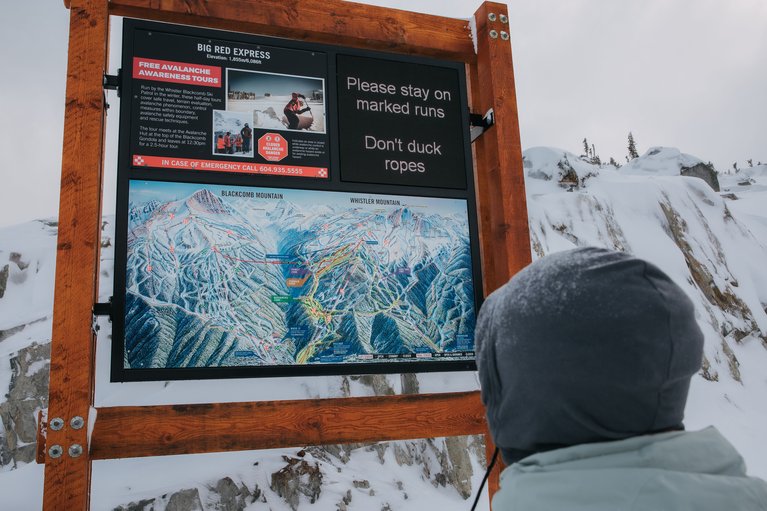
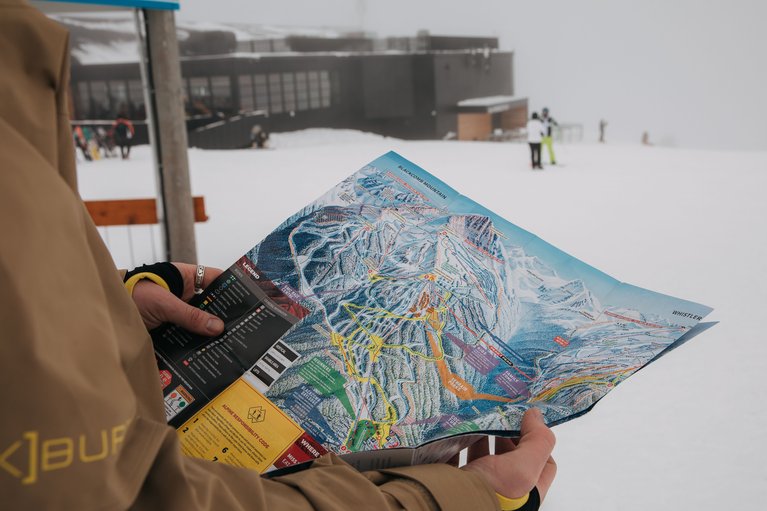
Don’t just depend on that one person who “knows” the resort. Get a map and know the terrain you are riding before you head out. Study it and keep it in your pocket for an emergency. Resorts can be massive, span hundreds of acres, have multiple peaks and faces, and even expand into other countries. It’s up to you to make sure you don’t end up lost.
Set a Check-In Spot
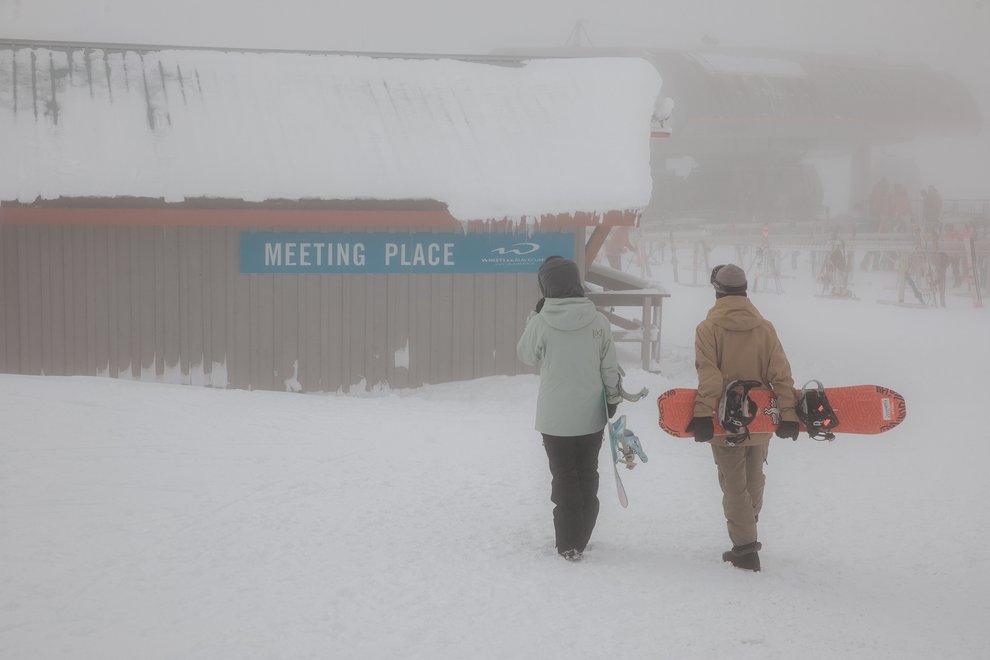
Identifying a meeting spot ensure everyone in your group stays together and no one is left behind. This can prevent the small inconvenience of being off lap with your group or, more importantly, potentially identify if someone in your group has injured themselves and is missing.
Stay With Your Crew
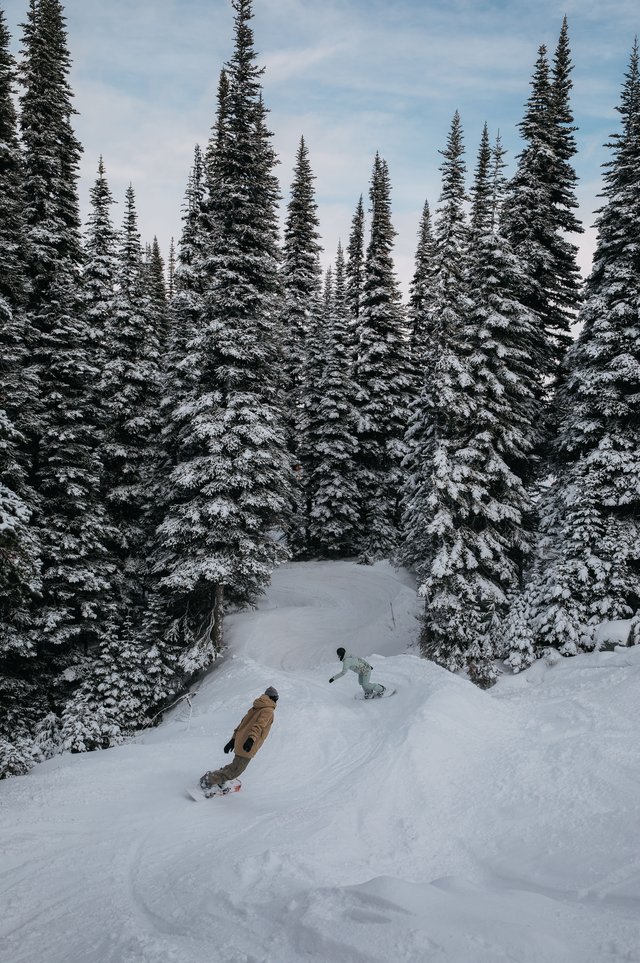
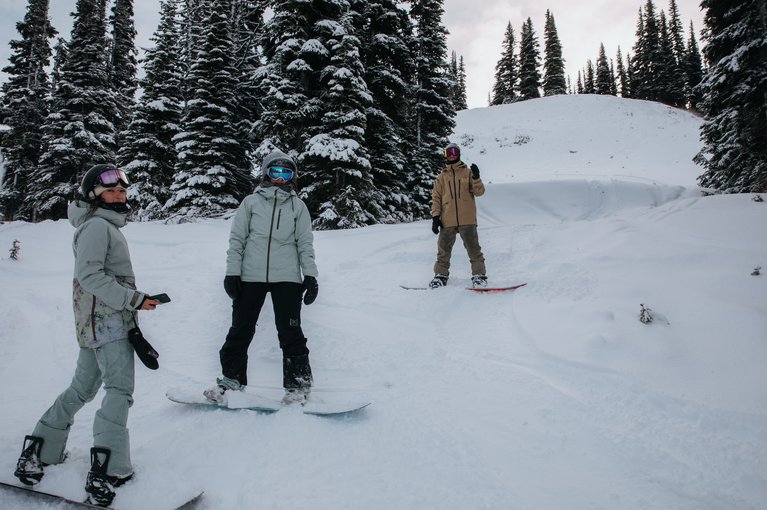
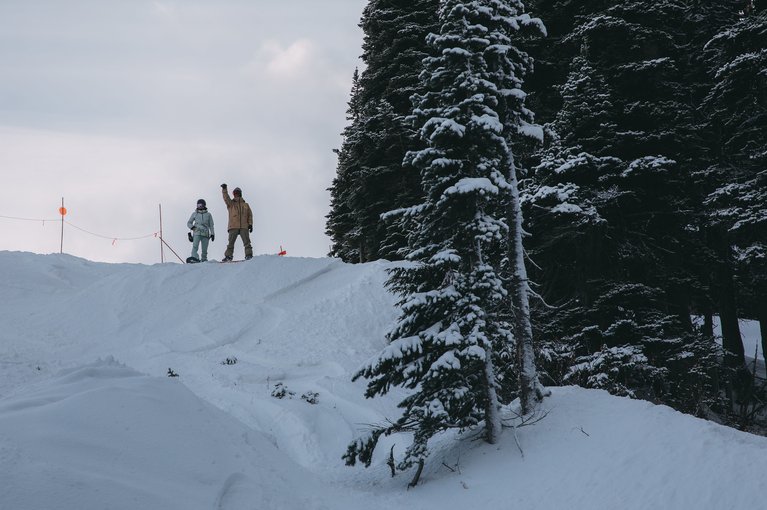
Solo pow laps are fun, but solo injuries in the trees are not as fun. You are relying on your friends to bring you to safety if something goes wrong when you are riding, and they are relying on you to help them as well. Riding as a group not only keeps everyone hyped, but there really is safety in numbers.
Sticking together can be tricky when you have a group with varying levels of ability. Try to ride with people who are all in the same skill range so that no one gets left behind, which often happens unintentionally. Keep this in mind before linking with your buds, ducking that rope, or following that trail into the woods.
Bring Food & Water
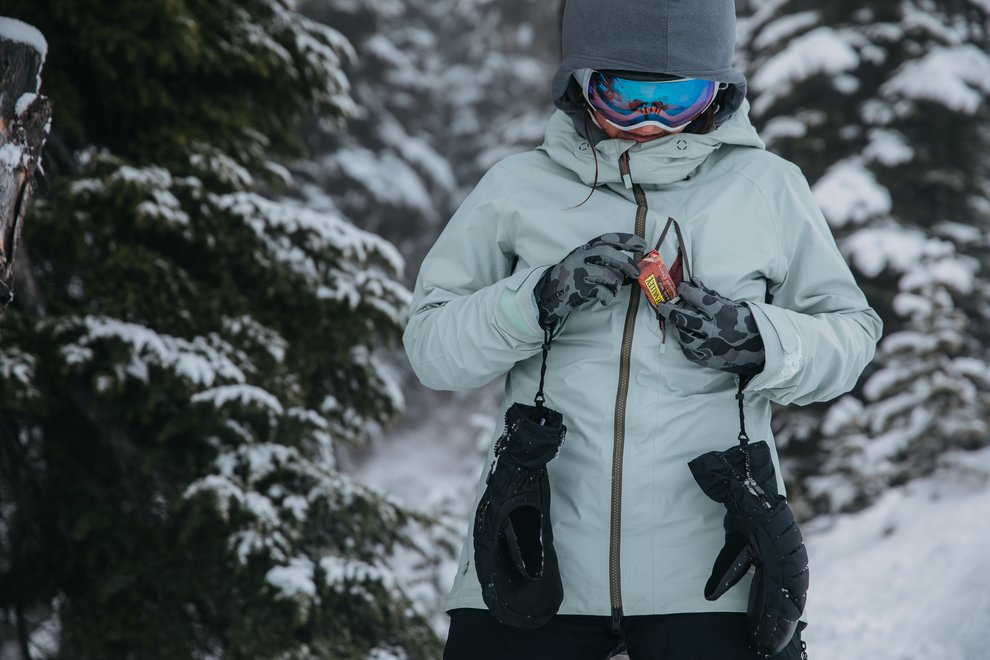
Especially if you intend to ride in the trees, ride with a pack so you can bring water and stuff a few extra granola bars in your pocket. They can either ride around with you uneaten all day, or, potentially save your life if you’re stranded.
Watch for Tree Wells
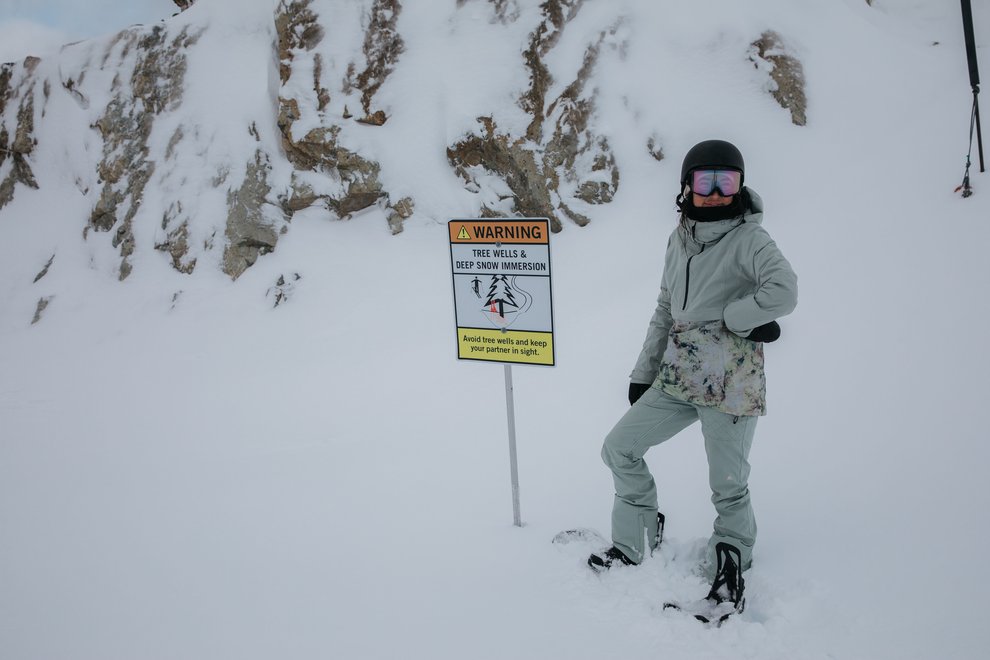
A tree well is the ring of loose snow that forms at the base of a tree. Once you fall into one, there is not much you can do to get yourself out. The more you move, the more trapped you can get, and the more covered in snow you are, the more difficult you are to spot. Falling into one can mean you risk suffocation or hypothermia so it goes without saying to take extra care in the woods to avoid these.
Avoid River Beds
Most mountains have streams or even rivers that freeze over completely in the winter. Once you’re in one, you could easily get cliffed out or lead far away from designated riding areas, or you could end up on a section that isn’t completely frozen over. If you get in one, do your best to navigate out as quickly as possible.
Use Resort Services
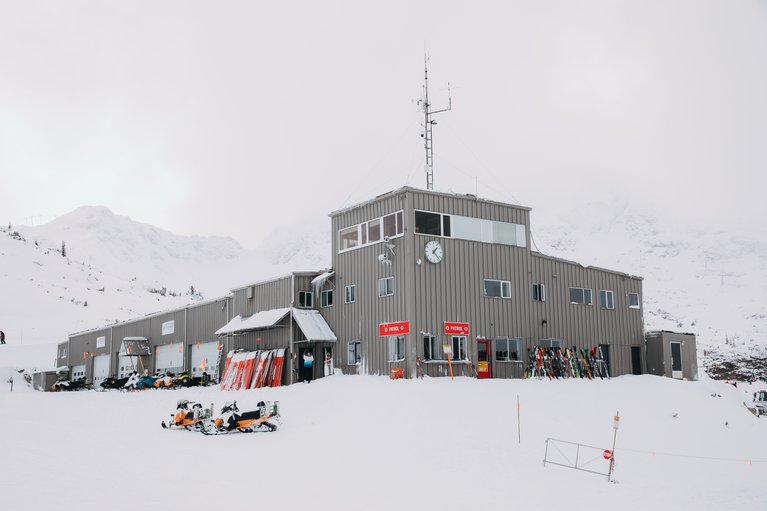
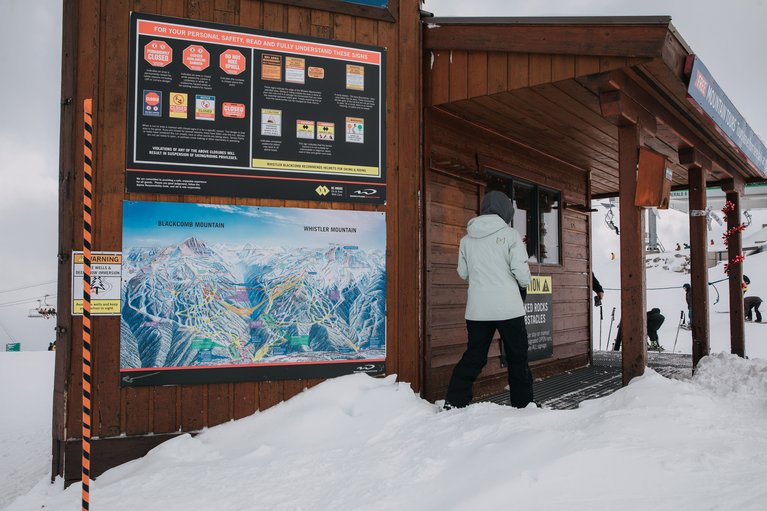
Whether you head into a lodge for food, water and warmth, or contract ski patrol for help on-snow, there are resources available to you. Whether you need some basic medical supplies, a landline to call in an emergency, or need to be pulled out of a dangerous situation, know that the lodge, mountain ops, and ski patrol are there to help should you need it.
Heed Avalanche Warnings
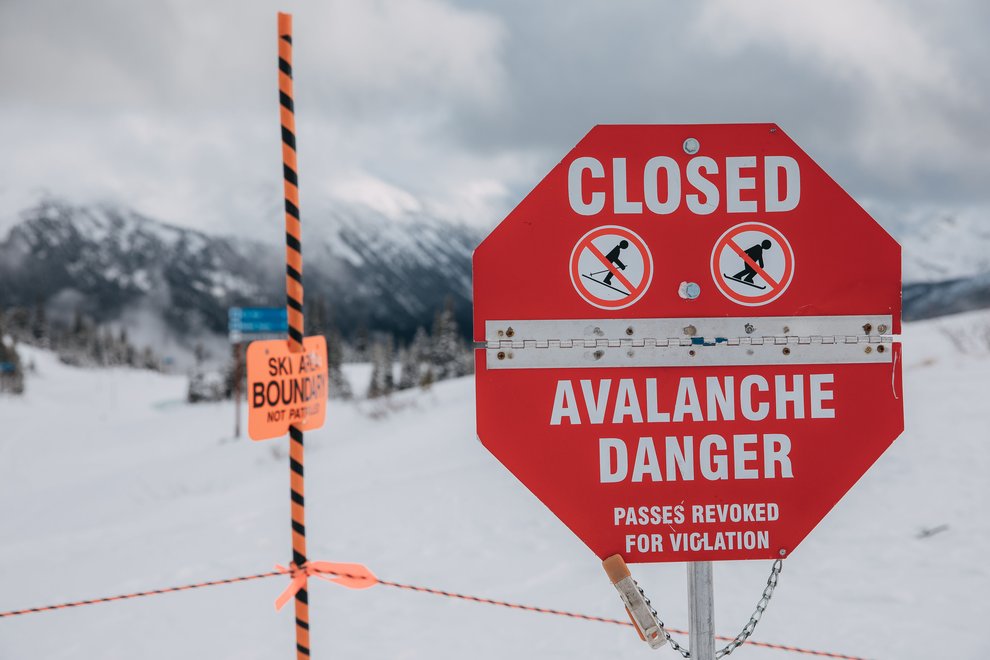
While resorts do an amazing job of identifying and preventing avalanche risk in prone areas, you may find yourself even slightly out-of-bounds riding in some areas with avalanche danger without even knowing it. Pay attention to what the resort is marking as off limits and avoid any areas deemed as unsafe.
Snowboard Safety Depends on You
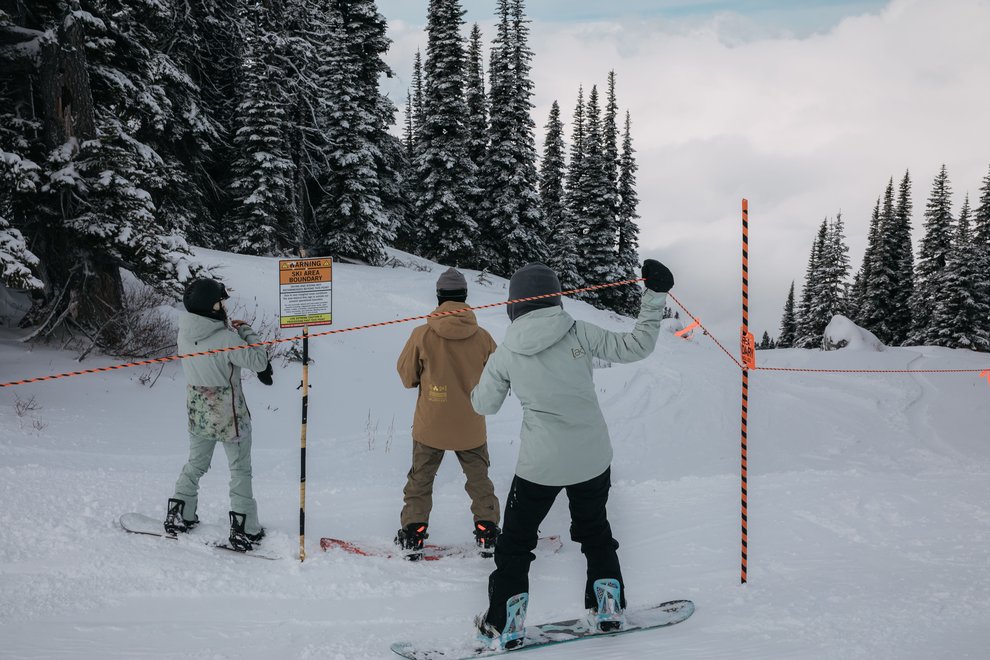
At the end of the day, one blog post can’t help protect you from the dangers that exist when riding at a resort, but awareness is key to protecting yourself and the people around you.